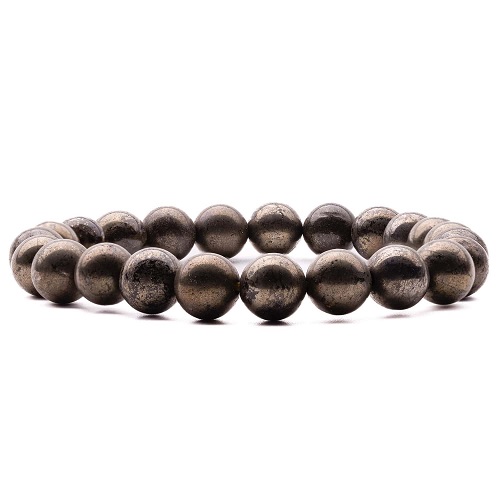
Tarot card history began in Europe, especially in Italy, in the middle of the fifteenth century. At first, the purpose of tarot cards was not divination but rather a trick-taking game called “Tarocchi.” The Major Arcana and Minor Arcana were the two categories into which the 78 cards that made up the basic deck were divided. Whereas the Minor Arcana comprises 56 cards arranged into four suits (Cups, Pentacles, Swords, and Wands), resembling modern playing cards, the Major Arcana comprises 22 cards with each card featuring a traditional picture such as the Fool, Magician, or High Priestess.
In the eighteenth century, tarot cards were frequently used for mystical or divinatory purposes. Theoretically, tarot cards contain ancient Egyptian esoteric wisdom, according to Antoine Court de Gébelin, a French scholar and theologian. Due to curiosity about its symbolic implications, cartomancy—the practice of telling fortunes with cards—began to take shape.

The association between occultism and tarot was furthered in the late 19th and early 20th century by groups like as the Hermetic Order of the Golden Dawn. In 1909, Arthur Edward Waite created the Rider-Waite deck, which is still in use today. Pamela Colman Smith provided the illustrations for the deck.
Tarot developed from a straightforward card game over the ages to become an effective instrument for introspection and spiritual understanding. It is a special fusion of psychology, mysticism, and art because of its powerful imagery and lengthy history.



